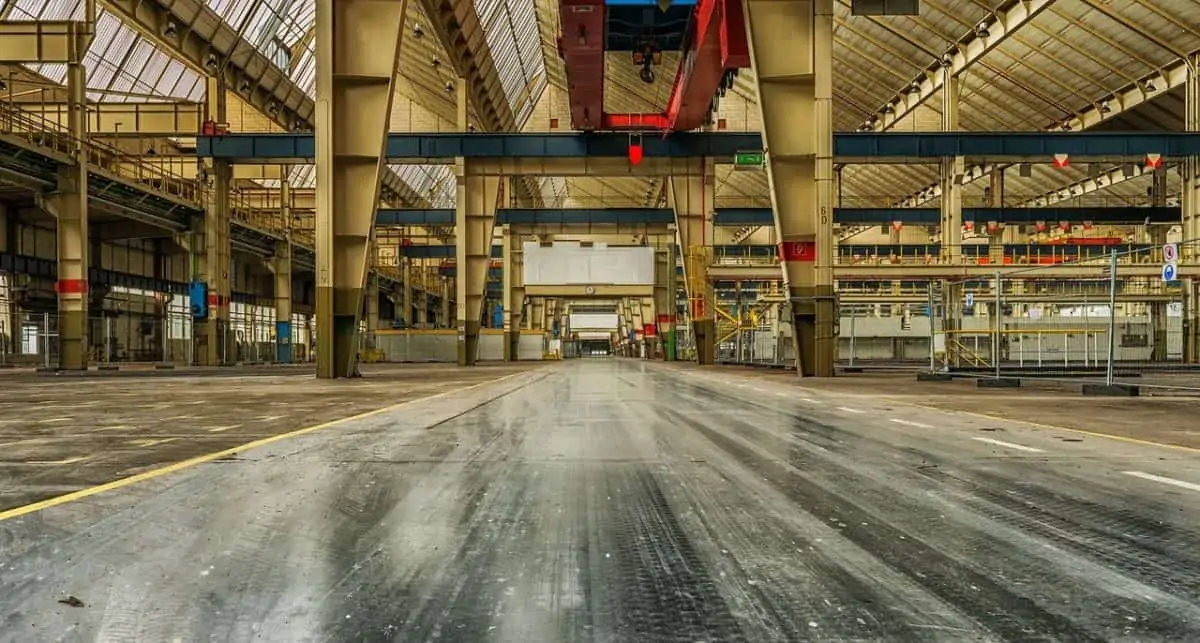When it comes to creating a strategy for relocating your manufacturing business, you have more to worry about than happy employees. For manufacturers, it’s about covering the raw cost of materials, labor, shipping, taxes, understanding your profit margins, and much more.
Manufacturers who decide to move to a new space also need to carefully weigh the pros and cons of their operations’ location before making a decision. For example, a building 20 minutes away from the city, while cheaper, could thin your margins due to high shipping costs.
Relocation questions may keep you up at night, but sometimes moving is necessary.
Here are 7 ways you can overcome relocation challenges on the business and employee side.
Relocating Employees Strategies
First, ask yourself if you need to move your employees partially, fully, or at all. Some manufacturers will move overseas and hire new employees. If that’s the case, you can completely skip this step. If not, we recommend hiring a relocation specialist.
1. Hire a Relocation Specialist
A relocation specialist can cover the cost of the move, screen candidates, provide cultural or language training, and offer long-term support to relocated employees. While this comes at a fee, you’ll save a lot of money in the long run. Failed relocations can cost companies thousands.
There are several roadblocks to employee relocation, including uprooting families, product disruptions, client disruptions, and costs. However, a specialist can overcome these challenges.
In addition, when relocating employees overseas, you also need to process the local documentation and legalities such as benefits, taxes, and payroll. You can simplify this process to save time and resources by partnering up with an employer of record who can act as a local employer on your behalf.
2. Taking Advantage of Local Resources
While relocation specialists are the optimal choice, you could also contact your city and state Chamber of Commerce groups. These organizations can work with families to help integrate them into the community, schools, neighborhoods, and workforce.
3. Only Move Employees That Embrace Change
All employees will take some time to adjust to their new environment, but some embrace change better than others. Remember that relocated employees will face moving challenges, culture shock, and a lot of stress. It’s a good idea to only select candidates who are flexible.
4. Develop Policies and Tell Employees in Advance
Relocation is a careful balancing act. Each party has to feel the process is fair for everyone, especially regarding money matters. Developing a clear policy prevents misunderstandings. You also need to tell your employees in advance, so they can plan.
Your employees need to know what you’re paying for and what you aren’t. Are you paying for a moving company, moving supplies, their new home? No matter the policy, make sure it’s in writing. Any verbal agreement could increase the likelihood of confusion or disappointment.
5. Offer Ongoing Support
Moving is difficult for both your employees and their families. Design your relocation services, so they help your employees feel empowered. Offer resources, like sharing an overview of the neighborhood, but don’t forget to provide counseling while your employees settle in.
Relocating Manufacturer Location Strategies
Consider whether or not you should sell your manufacturing equipment or transfer it over to your new location. Expensive equipment may be cheaper to transport, but you can’t guarantee they’ll make it to the other plant. If you break your equipment, you may suffer from downtime. Always use leading commercial moving companies.
Here are two other things you should think about when relocating your manufacturing business:
1. What to Look For in a Manufacturing Location
It’s better to find a location that’s near rather than far, but you also have to consider other aspects of the employee experience. When shopping around for a site, look for:
- Sector Diversification: Is where you want to build stable for new companies?
- Work Benefits Costs: What do you need to pay for your benefits packages?
- Tax Climate: How expensive is it to operate in this new location?
- Global Reach: Can I develop an international trade system in this area?
- Fiscal Liability Gaps: Will my taxes increase significantly in the near future?
- Innovation and Productivity: Are shipping companies in the area productive?
No location will offer the best of everything, so weigh the pros and cons of each factor. For example, if your clients rely on global shipping, you have to compromise in other areas.
2. Consider Outsourcing
If you want to expand internationally, you’ll have to decide whether to hire third-party help to meet your manufacturing needs. High-demand manufacturers can choose this option if they don’t want to hire within the country or relocate employees to the new manufacturing plant.
There are several pros and cons to outsourcing, including use of an employer of record:
- Pro: Outsourced labor is often cheaper and more efficient.
- Con: Most outsourcing companies force their workers to operate in dangerous, morally repugnant environments and aren’t paid fairly. It’s essential to screen your candidates.
- Pro: Labor is often optimal, despite the lower cost.
- Cons: Unfortunately, that also means companies overwork their employees.
- Pros: You don’t have to move your manufacturing overseas.
- Cons: You’re reducing the number of jobs in America.
You can limit the amount of cons by moving state-side instead of internationally, or you could open your own plant overseas. You could relocate a manager to set up overseas and raise the salary for local workers. Either way, you’ll still be saving money on taxes and benefits in relocating your manufacturing business.

